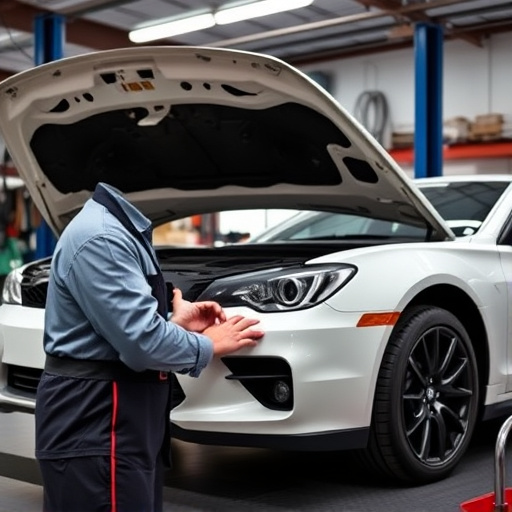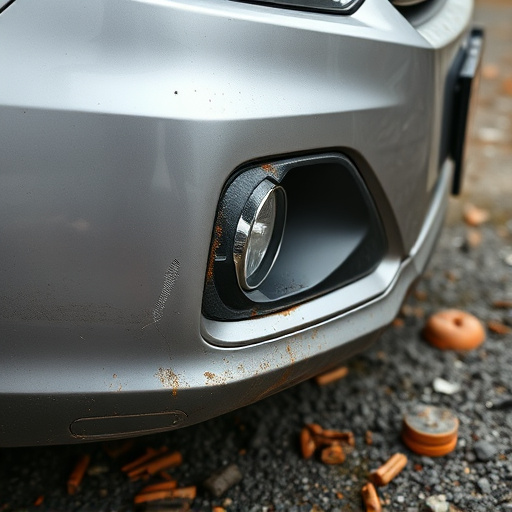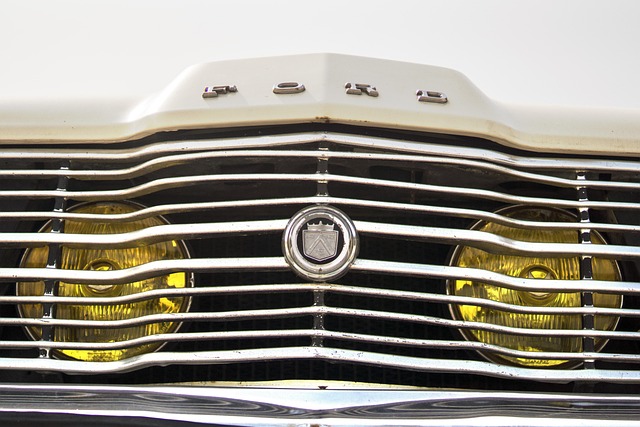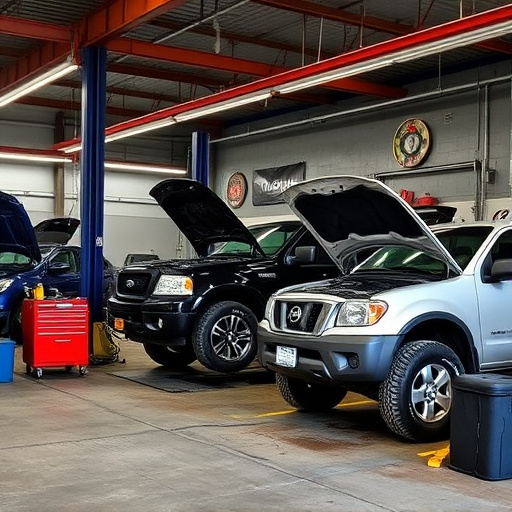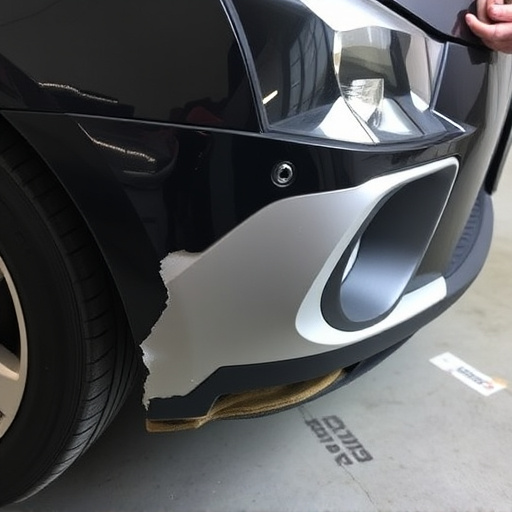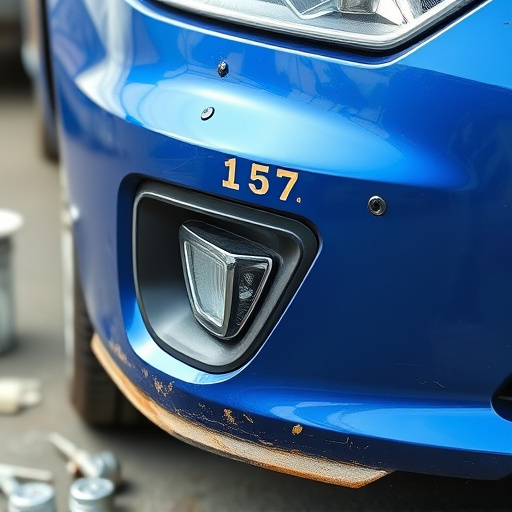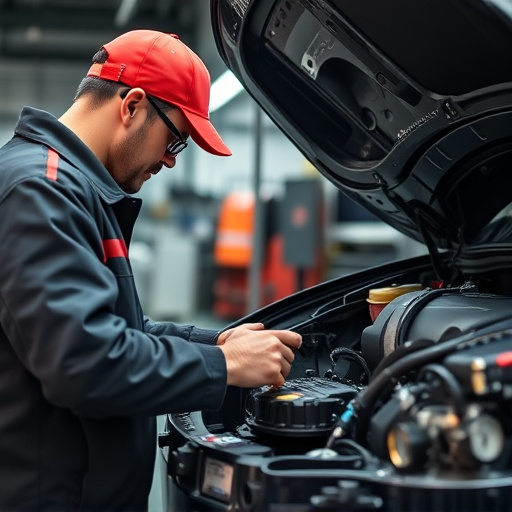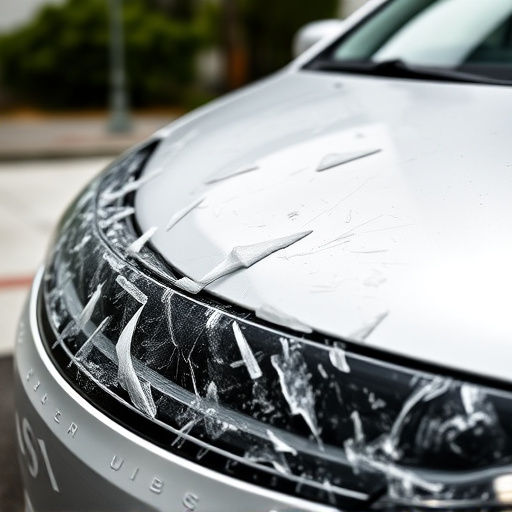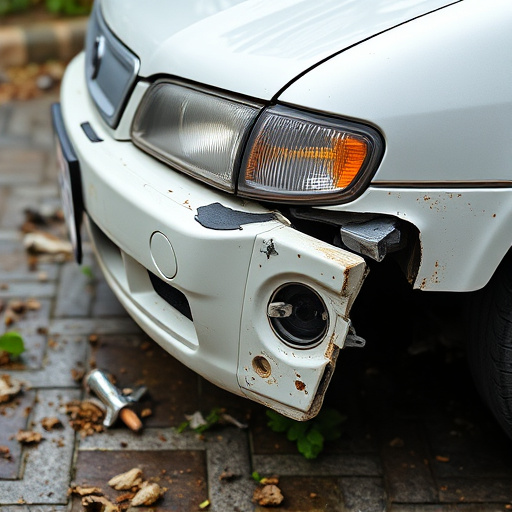Mercedes Active Brake Calibration (MBC) is a cutting-edge safety feature enhancing collision avoidance systems in modern Mercedes vehicles. It calibrates sensors, control units, and hydraulic systems for optimal braking under diverse conditions, factoring in tire pressure, road conditions, and vehicle weight. MBC constantly monitors and adjusts braking parameters, enabling quick evasive actions to reduce accident risks and damages, thereby saving lives and minimizing the need for repairs like dent removal or tire services. Accurate calibration is vital for safety, enhancing features, and preventing accidents, making it a key part of regular vehicle maintenance. MBC significantly improves safety for autonomous driving by precisely adjusting braking performance and response times, particularly in urban environments with frequent accidents, contributing to a smoother, safer driving experience and reducing the need for car bodywork repairs.
Mercedes Active Brake Calibration is a key technology supporting collision avoidance systems, playing a pivotal role in enhancing vehicle safety. This advanced system uses precise calibration to enable effective braking interventions, helping to prevent or mitigate collisions. By understanding how Mercedes Active Brake Calibration functions and its significance in collision avoidance, we can appreciate the strides made in autonomous driving safety. Explore these aspects to gain insights into the critical role of active brake calibration in shaping the future of autonomous vehicles.
- Understanding Mercedes Active Brake Calibration
- The Role of Calibration in Collision Avoidance Systems
- Enhancing Safety: Active Brake's Impact on Autonomous Driving
Understanding Mercedes Active Brake Calibration

Mercedes Active Brake Calibration is a sophisticated system designed to prevent collisions and enhance safety for drivers. This advanced technology works by precisely adjusting the vehicle’s braking performance, ensuring optimal stopping power under various driving conditions. It involves calibrating the car’s sensors, electronic control units, and hydraulic systems to work in harmony, allowing for swift and accurate reaction times. The process considers factors like tire pressure, road conditions, and vehicle weight to ensure the brake system is tailored for maximum effectiveness.
This calibration plays a pivotal role in modern collision avoidance systems, which have become standard features in many new vehicles, including Mercedes models. By constantly monitoring and adjusting braking parameters, it enables cars to take evasive action when necessary, reducing the risk of accidents and potential damage, such as that from a vehicle dent repair or tire services. Thus, Mercedes Active Brake Calibration is not just about improving car repair services but also about saving lives and minimizing the need for costly repairs.
The Role of Calibration in Collision Avoidance Systems

The effectiveness of collision avoidance systems in modern vehicles, like those equipped with Mercedes Active Brake Calibration, heavily relies on precise calibration. This process ensures that the vehicle’s braking system responds accurately to potential threats on the road. Accurate calibration enables the system to detect obstacles or hazards swiftly and apply the brakes accordingly, minimizing the risk of collisions. It’s a critical step in maintaining optimal performance, enhancing safety features, and preventing costly and dangerous accidents.
Proper Mercedes Active Brake Calibration not only contributes to better collision avoidance but also improves overall vehicle dynamics. It allows for precise control during emergency situations, making it an essential aspect of regular vehicle maintenance. Just as regular autobody repairs and vehicle paint repair services keep your car in top condition, ensuring the braking system’s accuracy through calibration is vital for safety and performance.
Enhancing Safety: Active Brake's Impact on Autonomous Driving

Mercedes Active Brake Calibration plays a pivotal role in enhancing safety for autonomous driving systems. By precisely adjusting braking performance and response times, it ensures vehicles can effectively avoid collisions or mitigate their impact. This advanced calibration goes beyond traditional brake systems by incorporating real-time data from sensors, cameras, and lidar to predict and react to potential hazards. It’s not just about preventing fender benders; the system is designed to handle complex scenarios involving moving obstacles, sudden stops, and lane changes, making it a cornerstone of future mobility solutions.
The impact on safety is profound, particularly in urban environments where accidents are most frequent. Active Brake Calibration enables cars to navigate through dense traffic with greater precision, adapting to ever-changing conditions. Moreover, its seamless integration into the vehicle’s overall collision avoidance system allows for coordinated maneuvers that reduce the risk of secondary impacts, such as rear-end collisions caused by sudden stops. This holistic approach to safety not only enhances passenger protection but also contributes to a smoother and more secure experience for everyone on the road, reflecting the industry’s ongoing commitment to transforming car bodywork repairs from post-accident necessities into rare occurrences thanks to proactive collision avoidance technologies like Mercedes Active Brake Calibration.
Mercedes Active Brake Calibration plays a pivotal role in enhancing collision avoidance systems, thereby significantly improving safety features in autonomous driving. By accurately calibrating these brakes, vehicles can effectively detect and respond to potential obstacles, ensuring smoother and safer navigation. This advanced technology is a game-changer in the automotive industry, as it contributes to reducing accidents and fostering public trust in self-driving capabilities.


